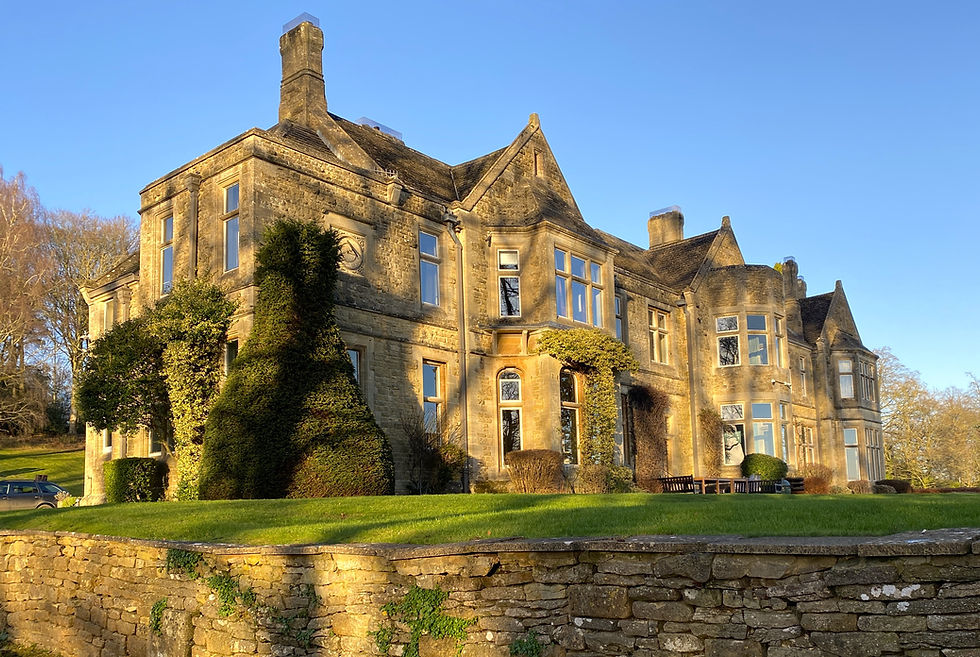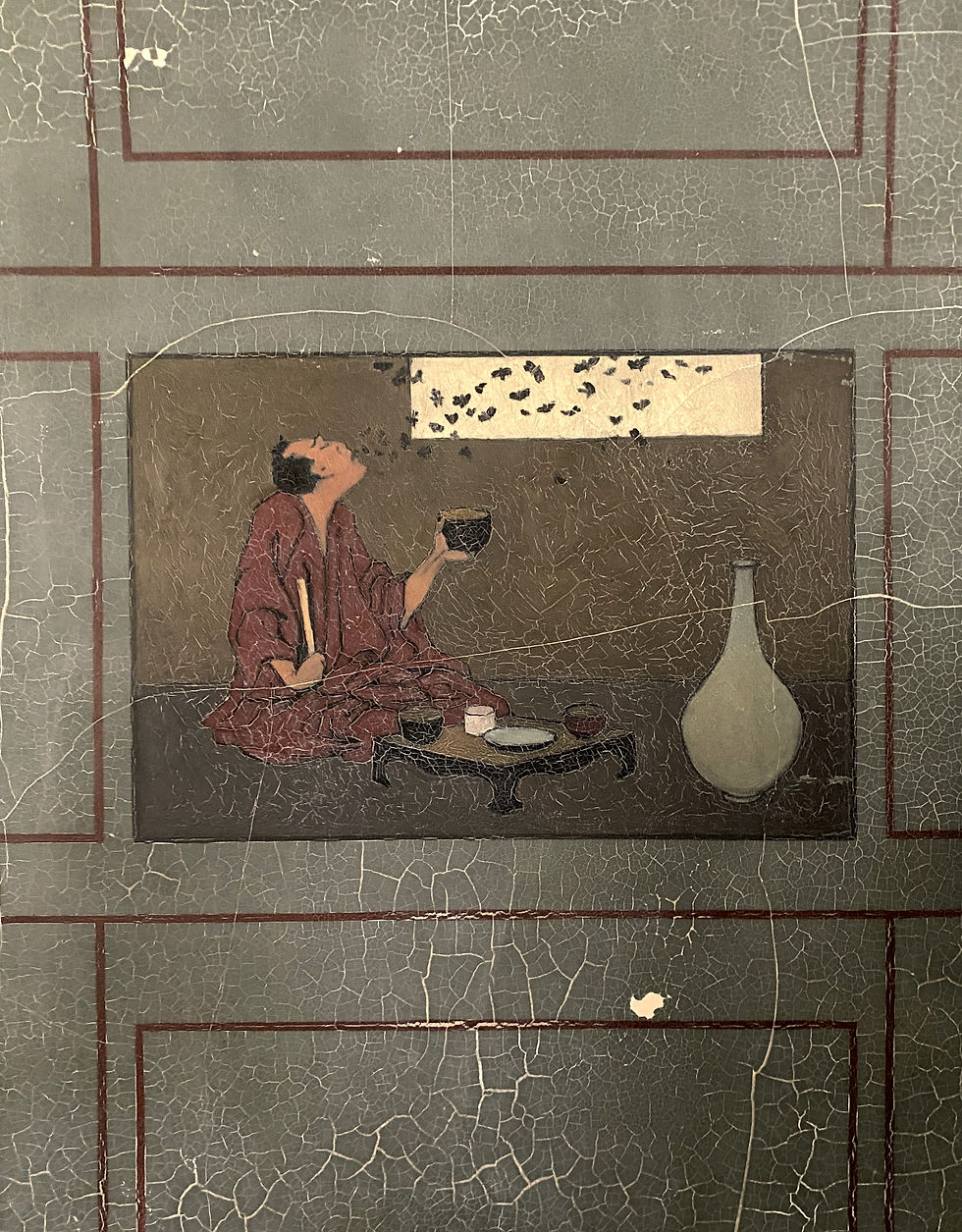Making A Listed House Your Home
- Lucy Jarvis
- Jul 31
- 4 min read
By Jody O'Reilly
Considered very basically a house might be thought of as a series of boxes, each a room, stacked up with a roof to keep the elements with a way to get in and out. But, in these boxes much of our human life takes place and reciprocally our lives shape and influence the boxes in which we shelter. The specific decisions of individual people, the ‘human touch’ is what makes an abstract ‘house’ into a living home.
A house might demonstrate local vernacular building traditions, or the national adoption of specific architectural styles in a domestic context. A home is also shaped by much more personal moments: by an additional child being born needing a new bedroom, a worried servant carving a protective mark by their attic window; by a housewife wanting the most up to date domestic appliance; by a family who inherit some money and update their windows and redecorate all their reception rooms in the latest style relegating the older stuff to the attic. While national stylistic trends, technological advances, or available materials influenced and affected these changes ultimately each change at a home was prompted by an owner and their individual tastes and needs and, in the past, undertaken with relative freedom.
This is why houses are so fascinating and why many of them are protected as listed buildings: they illustrate uniquely the way that we humans have lived over time, enabling a connection to the past and an understanding of the way human domestic life has changed.
Buying a listed home is to take on part of that national history of domestic life, it does come with a need to accept that those homes are special and shaped by the different ways that life was lived in the past and that, sometimes, this requires a degree of compromise to what can be expected in terms of ‘modern living’. Ceilings might be lower, stairs might be steeper, joinery details might not match. And while these elements may be viewed as a building’s charm, other aspects of historic domestic life can be harder to accept within a modern family context – the distinct separation of a kitchen from the location where meals are actually eaten in some historic buildings as opposed to today’s desired family kitchen/dining room where everyone gathers and spends time is today a frequent example. Capturing a more contemporary family living pattern within an historic building which was shaped by a different social context can be challenging.
The language of significance can, I think, sometimes dehumanise historic houses so that when described in terms of national significance a distance opens up between what one owner experiences or wants, and how a house is perceived by decision makers. When an owner wants to make their own mark on their listed home, today they must jump through a considerable number of procedural hoops to ensure that the multiple strands of heritage interest are retained and protected, securing that unique value into the future, something which is undoubtedly to be supported. Sometimes owners are left feeling as if their home is not theirs, the constraints placed upon them making their own choices for their home and how they want to live can be disheartening. This is particularly true when it is clear that the freedom of past owners to change their houses as they willed led sometimes to changes which we would never consider acceptable today– in one notable case of my own the removal in the 1970s (before it was listed) from a Cotswold house of the entire 19th century service wing and an original and bespoke staircase by Sir Edwin Lutyens.

As heritage consultants our role is to help find balance between owners’ individual personal desires for their home, a natural instinct which has shaped all houses over time, and the decision makers’ duty to preserve what is of ‘national special interest’ in those homes. Explaining how any proposal achieves this balance within a proportionate heritage statement provides planning and conservation officers with the relevant information to make decisions. We also advise on where changes today can be positive to a building’s interest – potentially enhancing and reversing past decisions that saw the loss of interesting features. At my Cotswolds house, with a greater understanding of what was there in the past, the owners embraced several elements of early design to better reveal original features and elements of internal décor revealed during works and celebrating their unique character.


It is possible to achieve changes to listed homes, even when sometimes the hurdles seem insurmountable. We have helped to achieved extensions at listed buildings of considerable scale, feeding into sensitive redesigned schemes after initial refusals; additional bathrooms or changed room uses, enhanced thermal performance and sustainability credentials, sensitive restorations of historic features and improved useability for multi-generational families.
It is important to engage a professional heritage consultant to establish the unique heritage values of any home at an early stage, ideally before specific designs are drawn up. In this way, owners, their architects and designers can proceed from a position of knowledge leading hopefully to successful outcomes. Supplying owners with a detailed understanding about why their homes are protected and why they are such unique and characterful reflections of the whole nation’s domestic history feeds in to sensitive designs for future change which adds a positive next layer to the palimpsest of a house’s history and enables listed house owners to truly make that house their unique home.
.png)



Comments